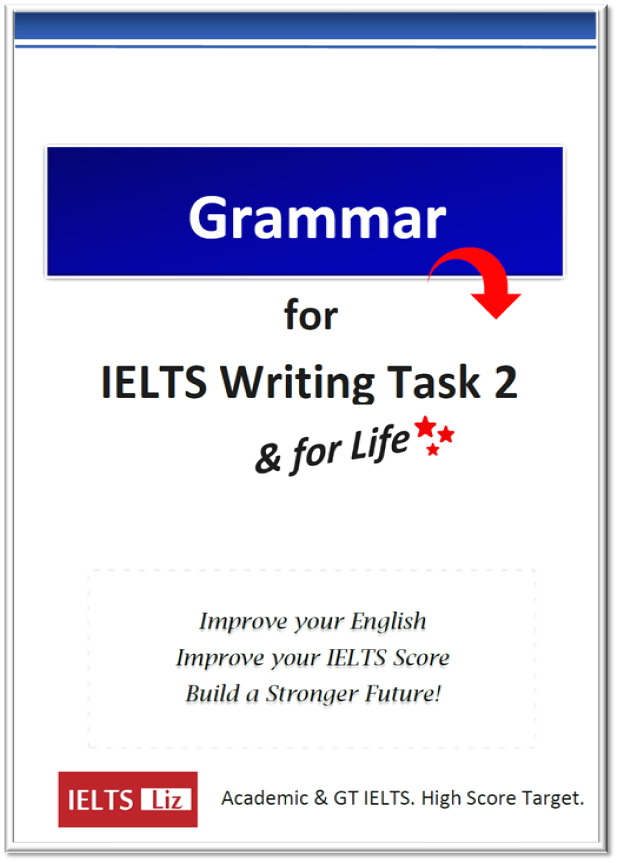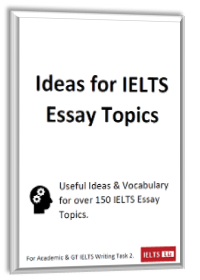A multiple choice listening practice lesson for IELTS about a volunteer conservation program. Conservation and wildlife topics are typical in not only IELTS listening but also reading, writing and speaking. Read the multiple choice tips before tackling the listening questions.
Tips for MC Questions
- The key to multiple choice questions is to spot the difference between the options given.
- You will probably hear words from all options.
- Don’t try to match words – aim for meaning.
- Your task is to locate the keyword(s) that will help you find the right answer.
- Keep listening after you choose your answer in case the speaker adds more information that changes the answer.
- Be ready to move to the next question – do this by keeping an eye on the keywords for the next question.

Read the questions first and then play the recording. In the real IELTS test, you can listen only once. The recording audio is given below the questions.
Multiple Choice Questions for IELTS Listening
Turtle Conservation
Questions: 1-5: Complete the statements below by choosing the correct letter.
Question 1: The volunteer program relates to….
- a) all kinds of turtles.
- b) only Olive Ridley turtles.
- c) various kinds of turtles.
Question 2: Volunteers can join the program for ….
- a) as long as they want.
- b) no more than 12 weeks.
- c) one week.
Question 3: Accommodation is ….
- a) luxury with a local family.
- b) with a local family in the best house.
- c) basic with a local family.
Question 4: Volunteers must be …
- a) individuals of 18 years old.
- b) individuals or groups with experience.
- c) over the age of 18 but do not need experience.
Question 5: Volunteers will …
- a) clear the beach of rubbish.
- b) relocate baby turtles.
- c) help adult turtles move along the beach.
Recording:
Notice: The information from this listening exercise is actually based on a real conservation program that helps turtles in Costa Rica. It sounds fantastic! Take a look: Costa Rica Turtle Conservation Program for Volunteers. Always check details with their site because the details above have been adapted for my listening lesson. For me personally, I just love turtles and had to make this lesson 🙂
.
Answers
Click below. Check the transcript first. You can use the transcript for your development to check keywords in the recording and also improve your pronunciation by listening and repeating. Once you have done some development, check the answers.
TRANSCRIPTTranscript: The volunteer program is aimed at helping to conserve and protect the population of Olive Ridley turtles in Costa Rica, although other species of turtles are also involved. The program is run at Ostional beach which has been an active conservation area for the last 40 years. Volunteers can sign up for any length of time from 2 to 12 weeks. All volunteers will be housed with local families near the beach – do not expect luxury, this is basic at best . Have your dictionary ready because English is not usual in local families. It is possible to sign up as a group or just as an individual without prior experience but we do have an age requirement of over 18. A health check and police check will also be required. The main involvement in this program is with recording data, helping with tagging, removing debris from the beach to ensure clear passage for adult and baby turtles and also to assist in egg relocation. This is a unique experience for anyone interested in turtles and conservation.
- C
- “is aimed at helping to conserve and protect the population of Olive Ridley turtles in Costa Rica, although other species of turtles are also involved”
- The above part of the sentence shows that it was not exclusively Olive Ridley turtles because other types of turtles were in involved. This means if you continued to listen, you find that answer B is not possible.
- Also this part of the sentence does not state that ALL turtles (100% of all turtle species) were involved. This means the answer cannot be A.
- B
- “Volunteers can sign up for any length of time from 2 to 12 weeks.”
- This means that option A is not possible because there is definitely a time limit. And option C is not possible because the minimum time is 2 weeks, not 1 week.
- C
- “All volunteers will be housed with local families near the beach – do not expect luxury, this is basic at best”
- This means that it is not luxury (A). Also it is not B. Option is there to make sure you are not trying to match words ie the word “best”.
- C
- “It is possible to sign up as a group or just as an individual without prior experience but we do have an age requirement of over 18.”
- The keyword in the question is “MUST” . This means you are listening for a requirement of the programme.
- A is not the answer because it is not a requirement to be an individual – groups are also possible.
- B is not the answer because experience is not a requirement.
- A
- “The main involvement in this program is with recording data, helping with tagging, removing debris from the beach to ensure clear passage for adult and baby turtles and also to assist in egg relocation.”
- The answer A can only be recognised if you are good with paraphrasing. The word “rubbish” is a synonym of “debris”. Also “to clear the beach” is a paraphrase for “removing debris to ensure a clear passage”.
- B is not the answer because the recording shows that eggs are relocated (not baby turtles). This option is checking to make sure you are not trying to match words “relocation”.
- C is not possible because at no time are turtles assisted in being able to move.
.
MORE LISTENING FOR IELTS
.






